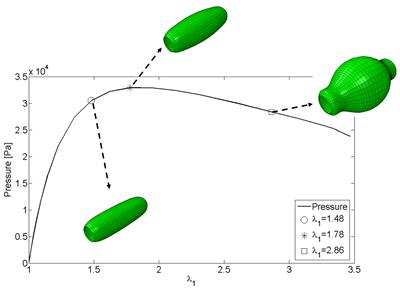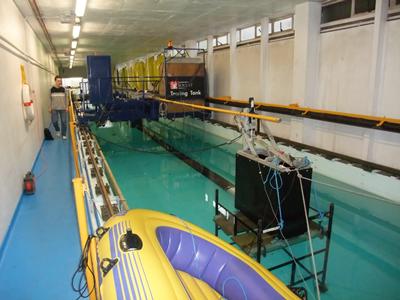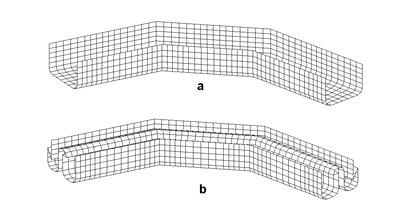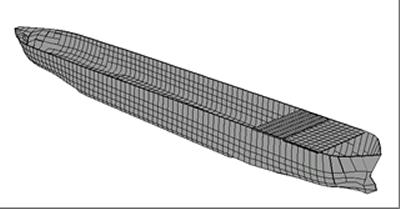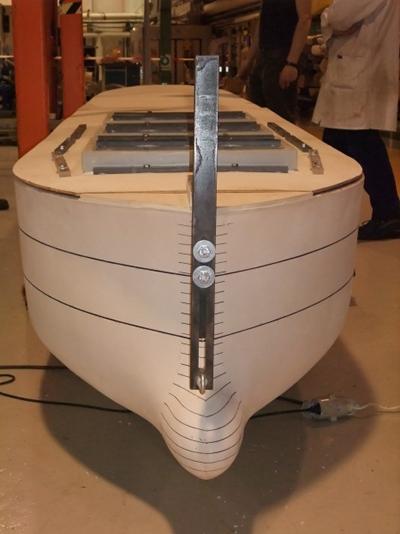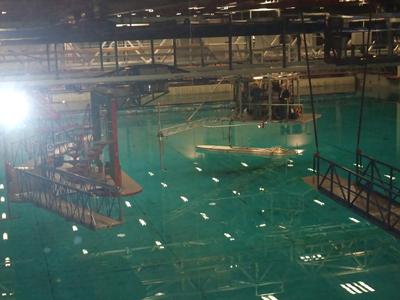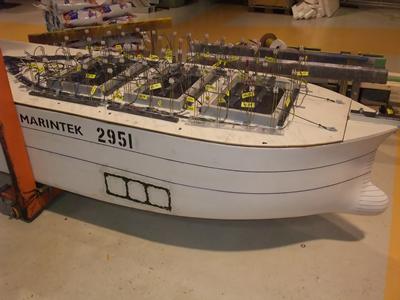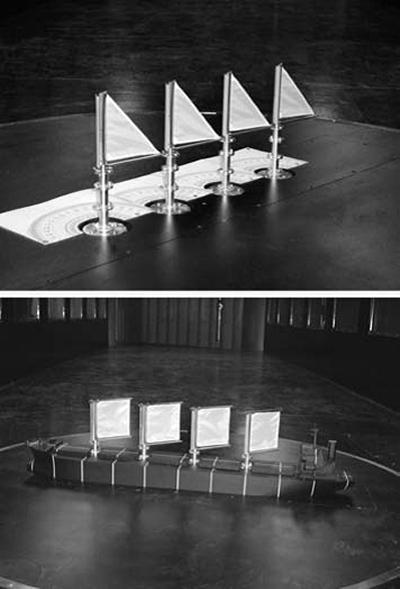Professor Grant E Hearn BSc (Maths) Bath MSc (Applied Maths) Sheffield
Emeritus Professor of Offshore Engineering Science
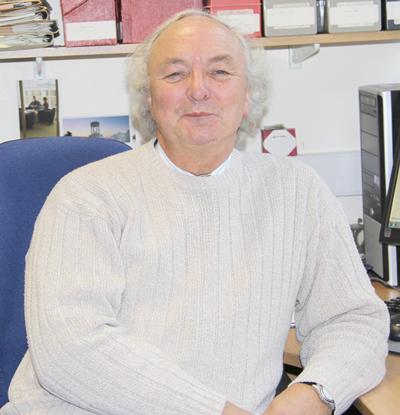
Professor Grant E Hearn is an Emeritus Professor of Offshore Engineering Science within Engineering and Physical Sciences at the University of Southampton.
Having trained initially as an industrial mathematician I have always worked as a researcher within many distinct branches of engineering.
At Smiths industry I worked on the control of supersonic fighter aircraft. Pilots complained of the associated low frequency oscillations making them feel uncomfortable. Solution was based on simulating inside the fighter aircraft a model of the aircraft in which time was 1000 times faster than ‘real’ time. The differences in behaviour in these parallel worlds were used to provide control in real time.
In the Ministry of Technology I worked on waveguides to appreciate whether one could detect someone was tapping into a fibre optic based telephone system.
For Pilkington Glass I worked on modelling the Float Process used to produce plate glass. This involved modelling the interaction between the viscous fluid and the banks of rotating stirrers to assess whether the stirrers actually stirred the glass efficiently.
It was after the above diverse experiences I become involved in at-sea research activities and in particular ship dynamics, offshore engineering and autonomous structures used in data collection in the oceans.
